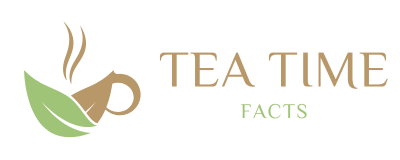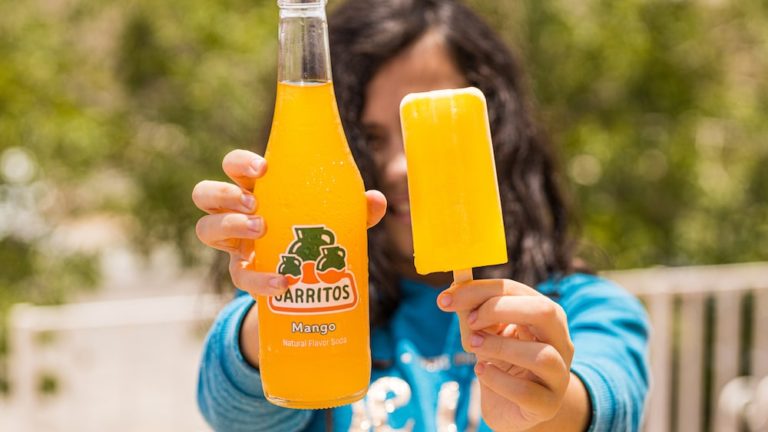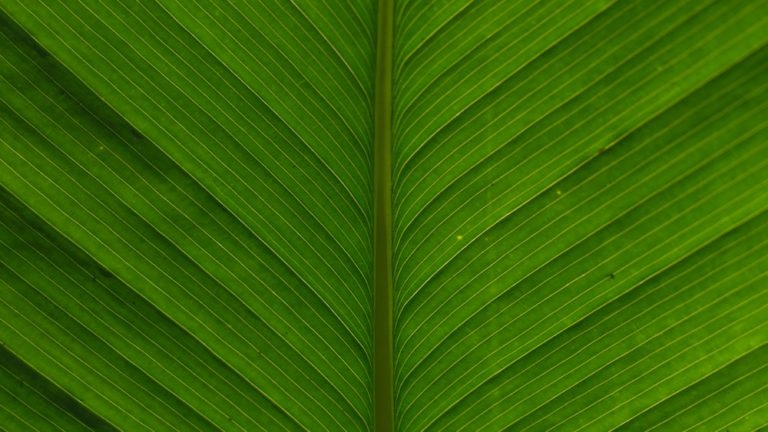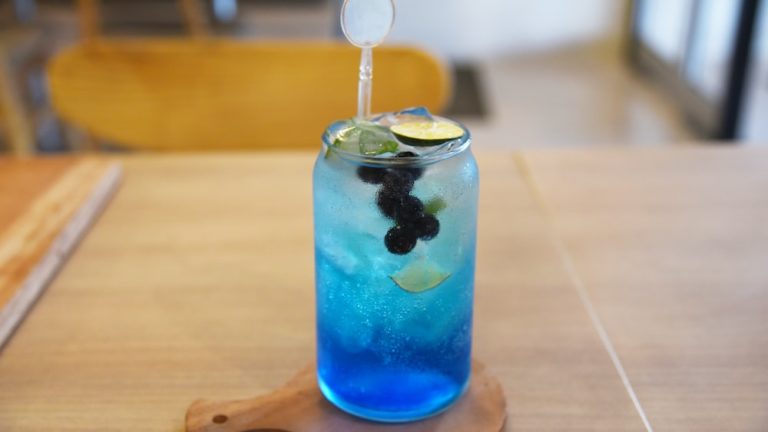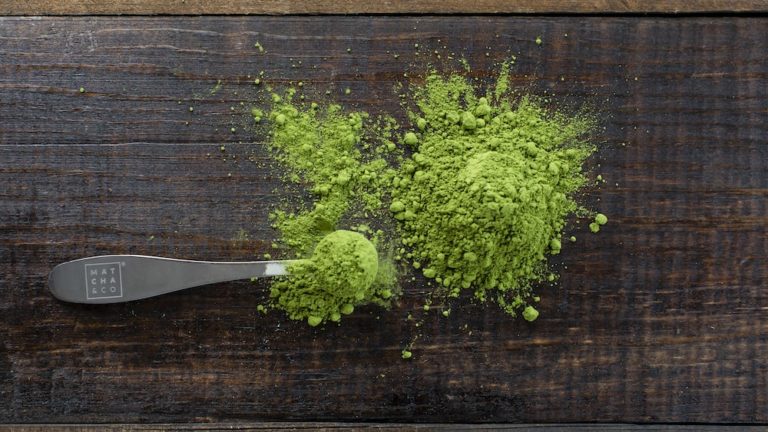Caffeinated Tea: Discover The Best High Energy Teas
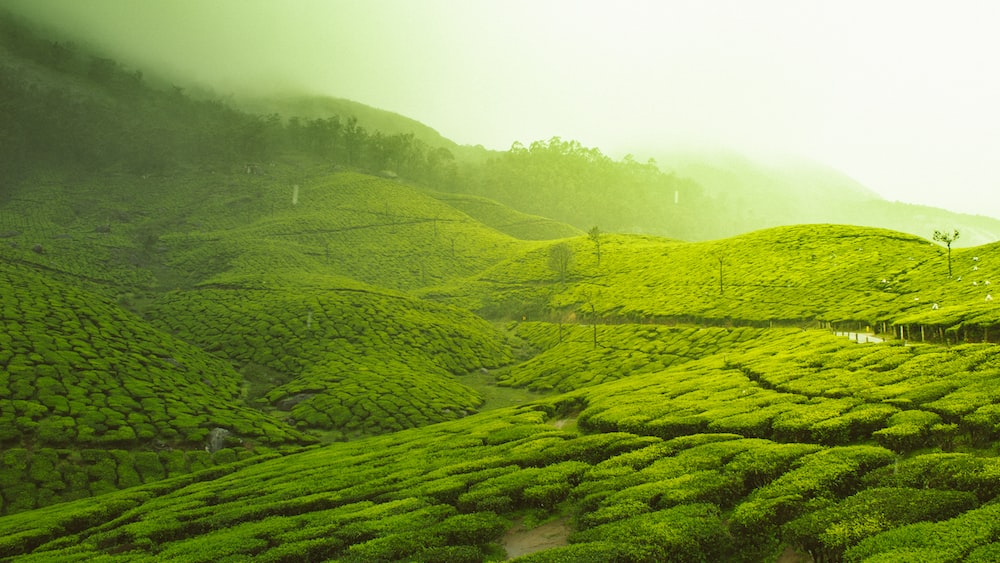
Caffeinated Tea: Discover The Best High Energy Teas
When you think about tea, what’s the first thing that comes to mind? Is it a calming, warm brew that lulls you into tranquility, or do you envision a spirit-rousing, turbo-charged liquid that’s more of a get-up-and-go sort of drink? Well folks, in the exciting world of tea, there’s room for all kinds of magic potions! Tea enthusiasts, health conscious folks, and even coffee converts, gather around! You’re about to discover the energy charged universe of caffeinated teas that are perking people up around the world, with both flavor and vigor in each cup.
The narrative that tea is the antidote to a busy life, slowing things down, and promoting relaxation is so compelling, right? But hold on to your hats, or rather, teaspoons. Did you know that tea can be a caffeinated dynamo, too? Get ready for an exhilarating ride down the chaotic, yet delightful rabbit hole of caffeinated tea – it’s going to be a tea-riffic journey!
We’ll cover everything from what makes a caffeine tea tick to the stimulating variants like Matcha, Black tea, Pu-erh tea and so many more. We are about to spill the tea, figuratively of course!
Understanding Caffeinated Tea
Let’s start at square one. What’s with all the caffeine fascination? Isn’t tea supposed to be the mellow counterpart to the caffeinated whirlwind that is coffee? But there is more to tea than meets the eye, or should I say, meets the taste buds.
What is Caffeinated Tea?
Caffeinated tea is the Clark Kent of brews – mild mannered and seemingly soft, yet equip with a secret power to perk you up without the jittery side-effects that coffee might unleash. Essentially, caffeinated teas are types of tea which naturally contain caffeine, the stimulant we all know and love.
In an unexpected plot twist, all tea that comes from the Camellia Sinensis plant – which includes teas like black, green, oolong, and white – contains some amount of caffeine. But don’t be fooled – different types and grades of tea have varying caffeine levels.
Interestingly, even within the same type of tea, caffeine levels can vary, leaving plenty of pickings for both the caffeine cravers and the caffeine cautious. Oh! The world of caffeinated tea is diverse and fascinating, isn’t it?
Different types and grades of tea have varying caffeine levels, making the world of caffeinated tea diverse and fascinating.
The Role of Caffeine in Tea
We would do well to respect the tiny molecule with gigantic power that caffeine is! Embodying the spirit of ‘not all superheroes wear capes’, caffeine in tea serves a vital role both for the plant and us, the consumers.
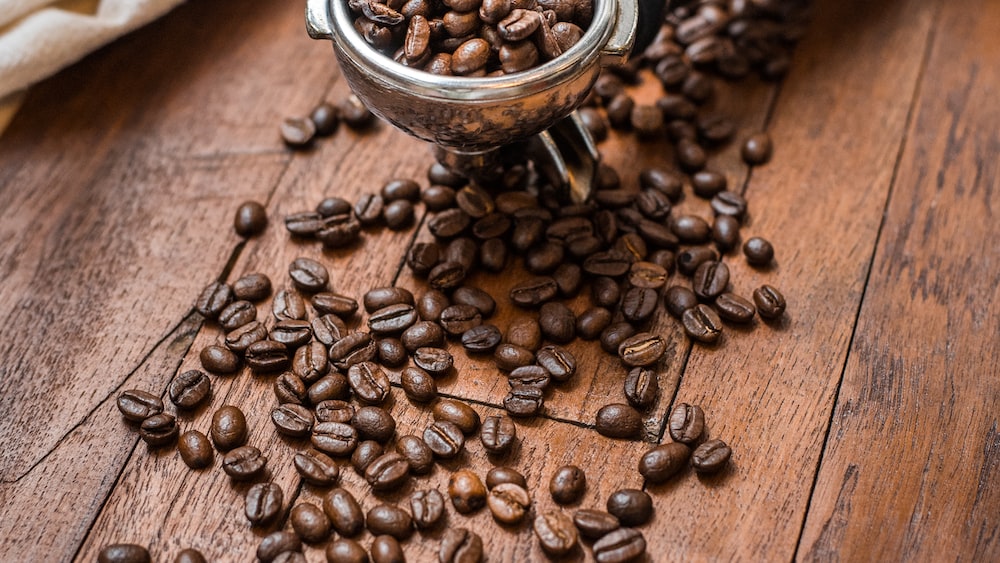
In tea plants, caffeine has defense mechanisms, repelling insects and preventing them from eating the plants, a role which we’d all agree is worth an applause. Yet, for us, the story gets even better! Caffeine acts as a central nervous system stimulant, reducing fatigue, and improving focus and concentration. What’s more? It also contributes to our perception of the tea’s taste and flavor.
However, keep in mind that although caffeine tea can give your productivity a turbo boost, it’s also important not to overdo consumption. You wouldn’t want to deal with insomnia, would you? Remember, with great power comes great responsibility!
High Caffeine Teas: An Overview
Without further ado, let’s unveil the caffeine-rich titans of the tea realm!
Matcha
First on our list is the superstar of Japanese tea ceremonies, the vibrant green beauty known as Matcha. Made from specially cultivated and processed green tea leaves, Matcha is visually stunning and powerfully stimulating.
The fact that with Matcha you are consuming the actual powdered leaf and not just the infusion makes it pack a potent caffeine punch. The shade-grown tea leaves used to produce Matcha have a higher chlorophyll content, which increases not only its vivid color but also the caffeine content. But do note that different grades of Matcha yield different amounts of caffeine. Now, wouldn’t a green tea latte be way too twee if it came with a caffeine surge warning sign?
Black Tea
If you’re on a quest for caffeinated glory, look no further than the rich and robust Black Tea. It’s the knight in dark armor who typically has a higher caffeine content due to the full oxidation process it undergoes.
Sipping on Black tea unleashes an unraveled depth of flavors from earthy and smoky to fruity and sweet. It’s like taking a mini world tour in a teacup, thrilling, right? Plus, the caffeine kick it imparts can make it the perfect morning brew. However, brewing times and temperature can impact the dissipation of caffeine. With black tea, it’s all about the art of brewing!
Pu-erh Tea
Entering the high caffeine league is the fermented wonder, Pu-erh tea. This particular tea has an incredible depth of flavor and is often referred to as the “wine of teas” owing to the aging process it goes through.
This fermentation process not only gives Pu-erh a unique taste and aroma but it also boosts the caffeine content. Fancy a cup that combines ancient wisdom, luscious flavors, and caffeine fuel? Your quest ends at Pu-erh tea. Trust me, after trying this, you would wish to have a time-traveling teapot!
Shaded Green Teas
Not all heroes wear capes, and not all green teas are created equal. Meet the Shaded Green Teas like Gyokuro and Kabusecha, high on caffeine, and rich in umami flavor.
These teas spend the last few weeks before harvest under shade, a process which increases chlorophyll and caffeine levels. The process results in a powerful punch of flavor and an energy boost for tea-drinkers. So, next time you find yourself struggling with an afternoon slump, do summon shaded green teas to your rescue! A subtle hint – don’t mistake their mellow green shades for lack of power. They pack a punch!
Mate
Let me introduce you to a new high-energy player in the tea game: Mate. Hailing from South America, Mate teas are like that overly energetic friend who pops up at 6 AM ready for a jog while you’re still busy wrestling with your snooze button.

This powerhouse drink comes from the dried leaves of the Ilex paraguariensis tree and is traditionally sipped from a calabash gourd through a metal straw. With its uniquely robust grassy taste, Mate is not just sipping your regular cup of tea; it’s embracing an entirely new experience.
Comparing Caffeine Content in Different Teas
In a world full of different kinds of teas, it’s like choosing your favorite child. But when it comes to caffeine content, we might have to play favorites a bit. Here comes the battle of the brews. We’re going deep into the heartlands of caffeine content in various teas. Let’s see if your favorite makes it to the top or survives the sorting hat.
Black Tea vs. Green Tea
The battle between Black tea and Green tea is akin to watching superheroes spar on the big screen. Who wears the caffeine crown? Black tea is like Superman, strong, bold, and packs about 47 mg of caffeine per cup. This tea commands your attention, much like a cape-wearing hero flying above the skyline.
On the other hand, Green tea is more like the Flash; lighter, swifter with a subtler taste profile; but don’t be fooled. Although it typically contains less caffeine (about 25-29 mg per cup) compared to black tea, it’s still faster than your grandpa’s dial-up internet.
But let’s remember, despite the caffeine differences, both teas come from the same plant, Camellia sinensis. Which means like every good superhero story, it’s not about who king of the hill is, but how these two beverages, as different as night and day, offer unique health benefits and an unforgettable taste experience.
Both black tea and green tea come from the same plant, but they have different caffeine levels and offer unique health benefits and taste experiences.
Oolong Tea vs. White Tea
Imagine yourself at a tea-tasting gala, and the highlighted event is Oolong Tea vs. White Tea. Oolong tea, with its partial oxidation process, is like the middle child, wavering between black and green tea. Packing about 35-37 mg of caffeine per cup, it’s the tea equivalent of that goldilocks zone, not too high, not too low – just right.
On the contrary, White tea, often considered the most delicate of teas, is like that surprise guest no one expected. Cultivated mostly in China from young tea leaves and buds, this tea holds about 15-20 mg of caffeine per cup. What it lacks in caffeine punch, it makes up for in being hailed as the least processed retaining more of its natural antioxidants.
The conundrum is real, folks. Choosing between these two teas, each with their distinctive character and caffeine level, is similar to deciding between an expressive flamenco dance or the understated elegance of a waltz. A delicious dilemma indeed!
Decaffeinated Teas: What You Need to Know
Decaffeinated teas, much like the ‘Loves Me, Loves Me Not’ games, leaves some tea enthusiasts undecided. There’s something paradoxical about decaffeinated teas, like watching a silent disco. You see the action but miss out on the main attraction – caffeine.
Decaffeination processes can take away more than the caffeine in tea. Some of the flavor, aroma, and even health benefits get shoved out of the door with the caffeine. But then again, for a quiet night in or for those sensitive to caffeine, decaffeinated teas are like a superhero’s sidekick. They’re not the star of the show, but they can deliver when it counts.
Interestingly, no tea is 100% caffeine-free. Even decaffeinated teas can sport around 2-5 mg of the stimulant per cup. For a truly caffeine-free experience, you might need to turn to herbal infusions like chamomile or peppermint. But hey, remember, even Batman kept Robin around!
Health Benefits and Risks of Caffeinated Teas
Caffeinated teas, in all their glory, are like medicine cabinets of the olden days. They carry an assortment of potential health boons but also some warnings scribbled on the label that need your attention. Let’s take a rollercoaster ride through the dual worlds of caffeinated tea benefits and risks.
Positive Effects of Caffeine in Tea
Caffeine in tea isn’t simply a ticket to the Energy Express. More studies are pitched in, pointing out that caffeine could play a significant role in improving cognitive functions, such as enhancing alertness, attention, and even memory.
Caffeine can also be quite a charmer when it comes to its potential to aid in weight loss. It may assist in boosting your metabolism and fat-burning process. Imagine caffeine as one of those cheery gym instructors encouraging your body to shed those pounds. A hot cup of your favorite caffeinated tea then might just be the perfect gym buddy!
Potential Risks and Side Effects of High Caffeine Teas
High caffeinated teas, while being lifelines for many, also come packed with potential risks. Kind of like a sweet-talking pirate with hidden intentions. Consuming too much caffeine can lead to issues like insomnia, jitteriness, increased heart rate, and stomach problems.
It’s like being on a thrilling, fast-paced carousel ride – fun till it becomes a little too much! Additionally, high caffeine intake could interfere with your body’s absorption of certain nutrients.
Caffeine intolerance is real, folks! And let’s not forget the addiction. Becoming too dependent on caffeine can lead to withdrawal symptoms such as headaches, irritability, and fatigue. It’s like getting into a relationship with your caffeinated tea; you need to know when it becomes a bit too clingy.
Choosing the Right Caffeinated Tea for You
Selecting your ideal caffeinated tea is much like picking out your wardrobe for the day – it depends on your mood, plan for the day, and of course, your unique taste. It’s time to make decoding your tea as fun as breaking an intriguing mysterious code. Prepare to dive into the world(s) of caffeine-rich leaves!
Factors to Consider When Choosing a High Caffeine Tea
When standing before the wall of tea at your local store, you might find yourself suddenly channeling Hamlet -“To drink, or not to drink, that is the question.” Specifically, when you’re on the lookout for a caffeine kick, what factors should you consider before hugging a particular tea box?
First and foremost, reflect on your caffeine tolerance. Wouldn’t it be a hoot if, while trying to stay alert, you end up turning into a jittery, trembling squirrel that’s had one acorn too many? Your taste preference is equally crucial as not all high-caffeine teas share the same flavor. Some may be bold and robust like a good black tea, while others might be more subtle. Diving straight into the strongest brew could be as risky as putting a toddler in charge of driving a school bus – wild and unpredictable. Lastly, the reputation of the tea brand should not be overlooked; you need to know whether their tea fields are more like neatly-manicured beauty salons, or wild, untamed jungles.
Best Practices for Brewing High Caffeine Teas
If caffeine is the fuel that gets your engine vrooming, then it’s essential to maximize it by using certain brewing practices, thus ensuring you don’t end up sipping a cup of disappointment. Not to forget, tea brewing can be more science than art. You see, there’s a fine line between a perfectly brewed cup of tea and a bitter disappointment that has you turning your kitchen upside-down searching for a hidden stash of coffee.
Firstly, remember to use freshly boiled water but be careful not to over-boil it as it could quash your tea’s spirit quicker than a lion leaping on its prey. Optimal steeping time depends on the type of tea – generally, it dances around 3-5 minutes. However, if you misstep and steep the tea for too long, you’re more likely to extract more of the bitter compounds and less of the “oomph” you want.
Lastly, loose leaf teas are the divas of the tea world. Unlike their poor cousins – the tea bags, loose leaves are not shy to spread out and sing the fullest rendition of their flavor. Make sure to lavish them with plenty of space in the teapot. Yes, brewing high-caffeine teas might seem like preparing a three-course dinner for a fussy mother-in-law, but seeing your energy levels take off like Usain Bolt is well worth the effort.

Maximize the flavor of your high-caffeine tea by using freshly boiled water, steeping for the optimal time, and giving loose leaf teas plenty of space to spread out and release their full flavor.
FAQs
1. Does all tea contain caffeine?
Surely, all tea does contain caffeine, their levels depend on the type of tea leaves and brewing method. However, every tea has a different personality; some are crackling firecrackers while others are more like a lazy house cat after a hefty meal.
2. Which tea has the highest caffeine content?
When talking about the tea with the highest caffeine content, it’s the black tea that leads the pack. Black tea is the Usain Bolt of the tea world when it comes to delivering an energy punch.
3. Can I drink caffeinated tea if I’m sensitive to caffeine?
Depending on your sensitivity, if caffeine sends your heart tap-dancing, selecting a tea with lower caffeine content would do the trick. Just like each of us having a different favorite dance style, each tea type has a different caffeine rhythm.
4. How does the caffeine content in tea compare to coffee?
Comparing the caffeine contest, most teas don’t come close to coffee. Coffee, in fact, is that rare thoroughbred, which can outpace most teas in the caffeine race. That being said, many find the caffeine boost from tea more level-headed than the coffee-induced roller coaster.
Conclusion
In this caffeine-themed romp through tea fields, we explored different facets of caffeinated tea – their types, health impacts, brewing methods, and how they compare with the top-dawg, coffee. Remember, selecting the right tea for that caffeine kick requires the care and finesse of a painter choosing the right brush stroke.
While tea might not pack as much of a caffeine punch as coffee, the joy of sipping on a perfectly brewed cup, cloak-wrapped on a rainy day, more than makes up for it, wouldn’t you, my fellow tea fan, agree? To tea enthusiasts out there, may your tea always be strong, your sips be slow, and your spirit forever caffeinated.
So keep exploring the world of tea. Who knows? You might find your personal “cup of tea” yet. Here’s to many tea-filled days ahead. As we part ways for now, remember, life is like a tea cup, it’s all about how you brew it! Until next time…
Yours in tea, Zoe.
